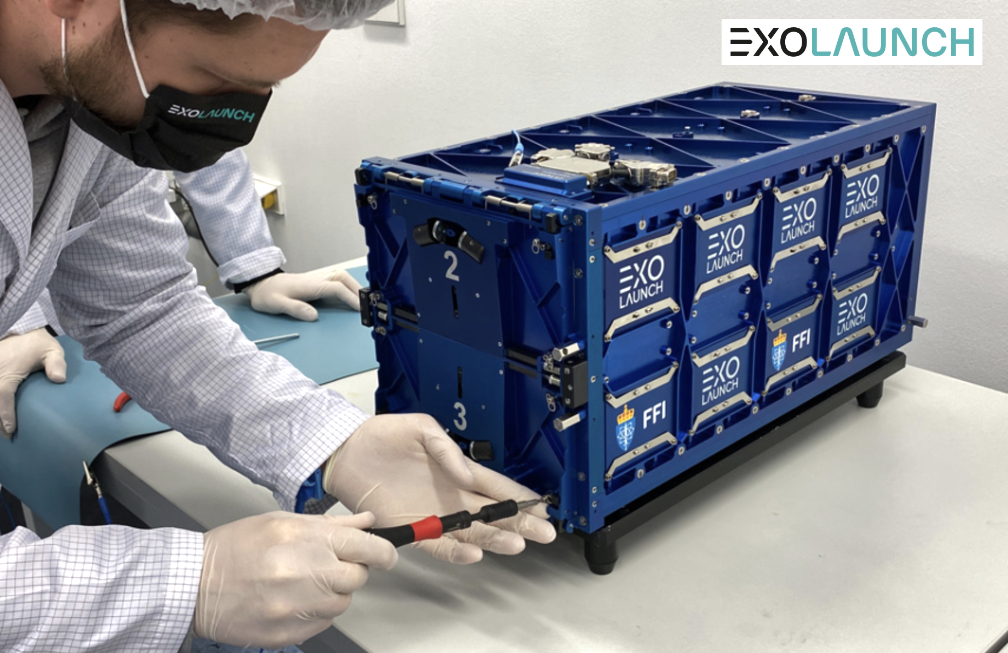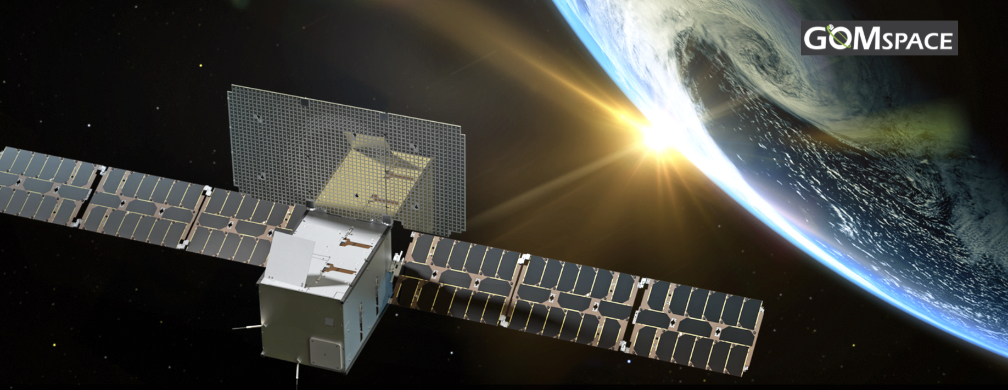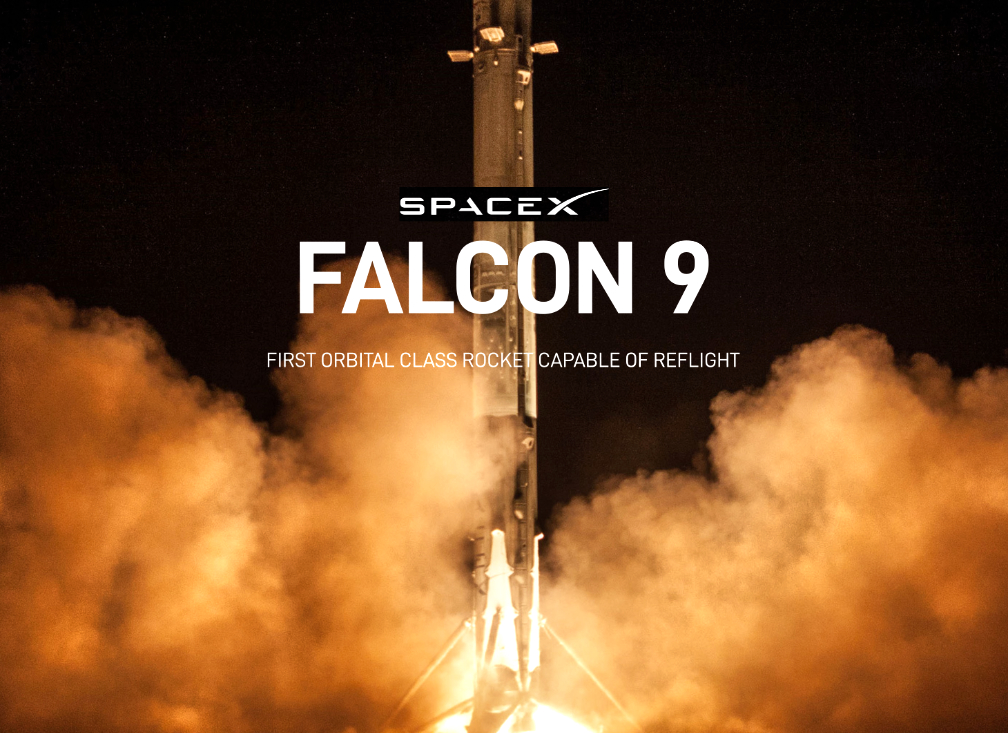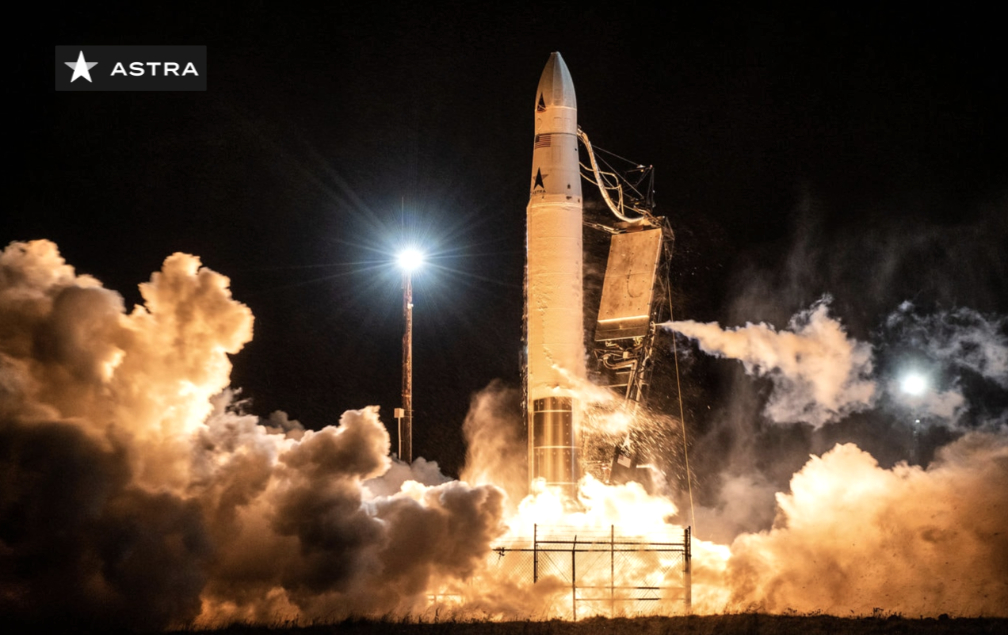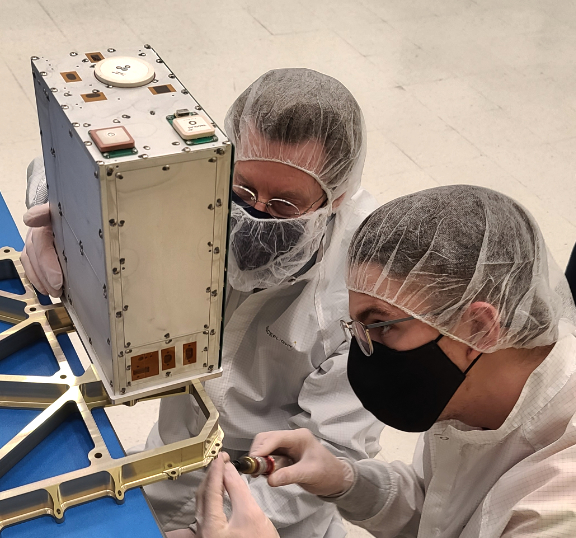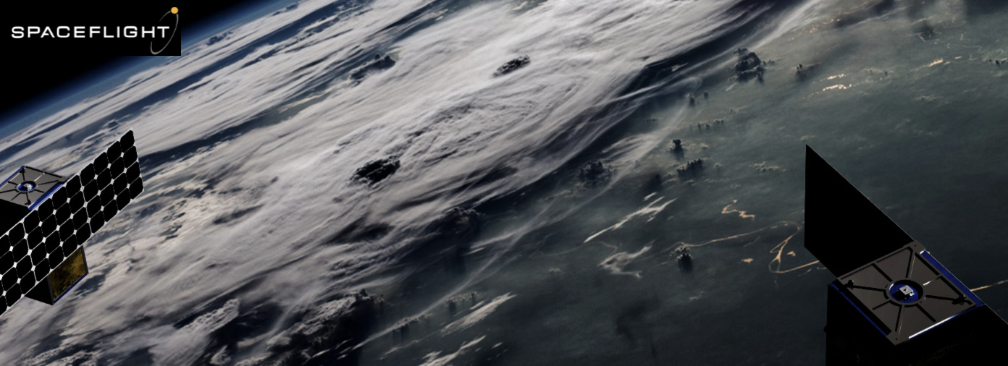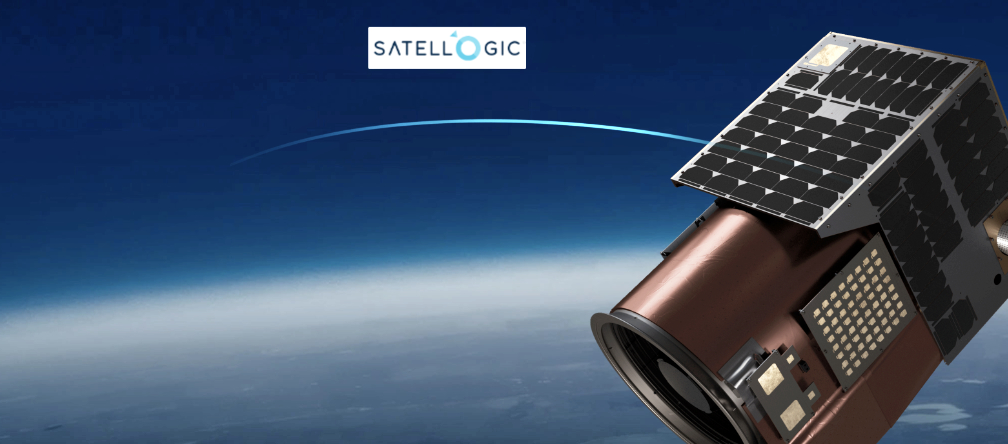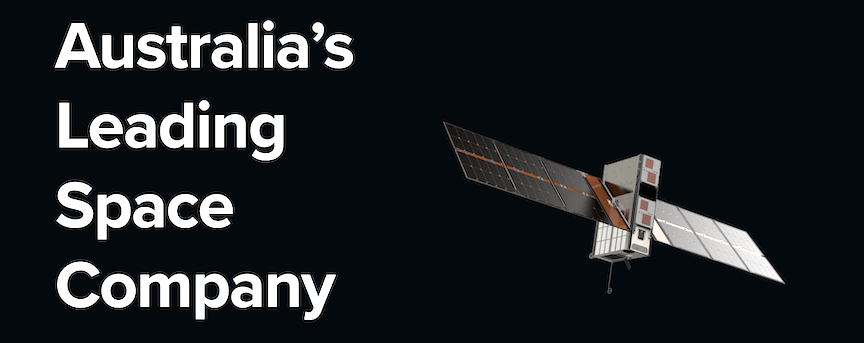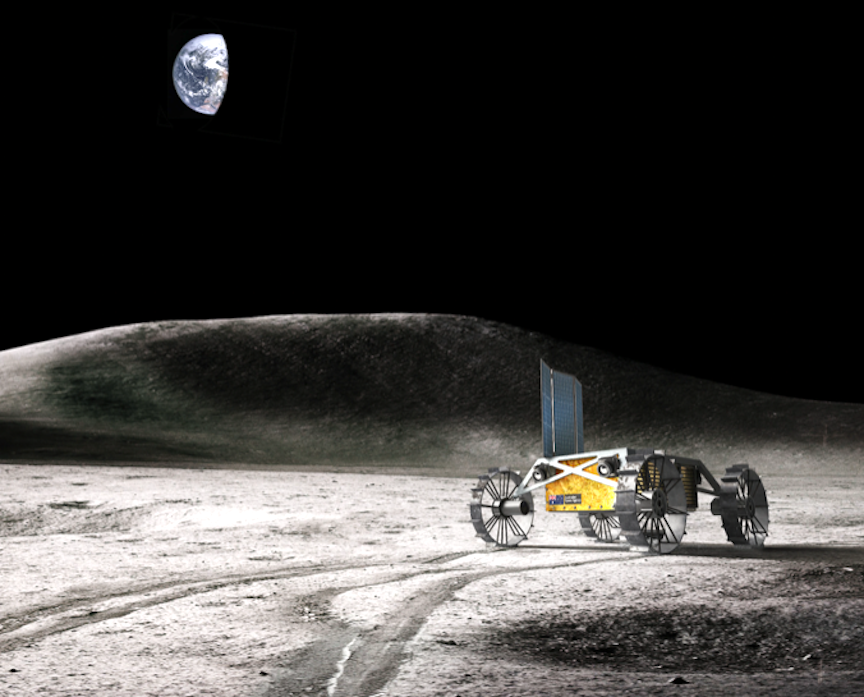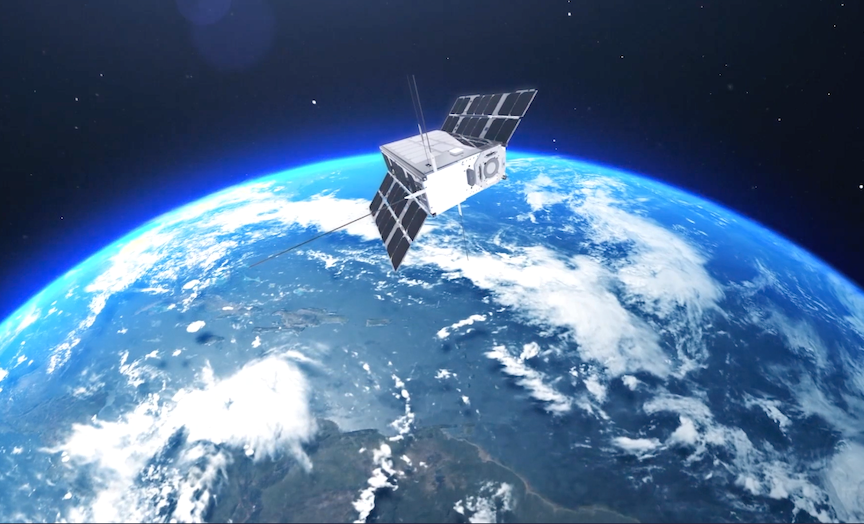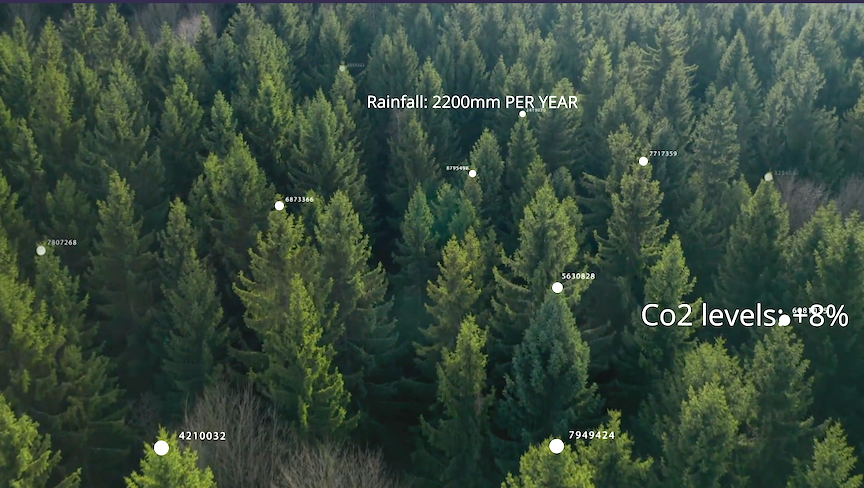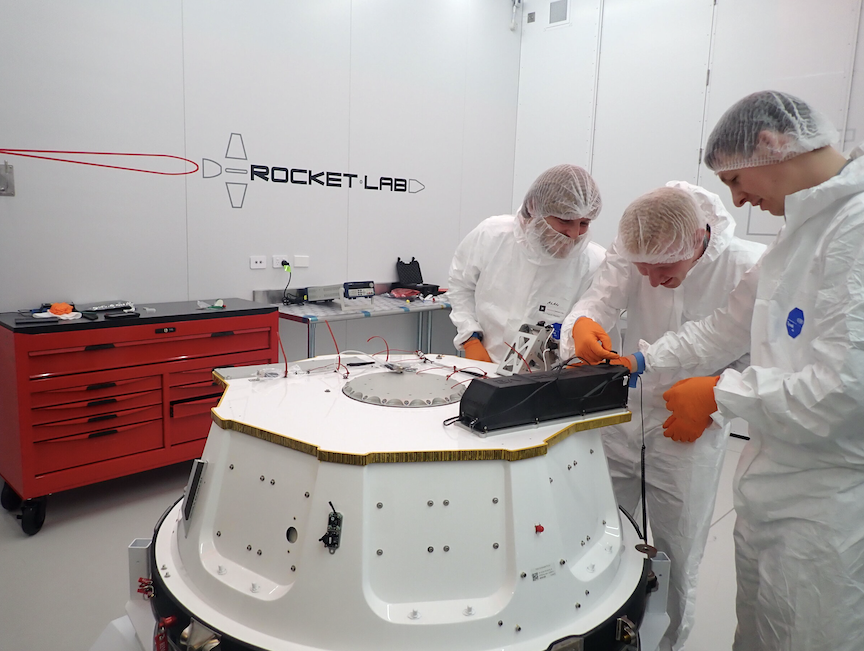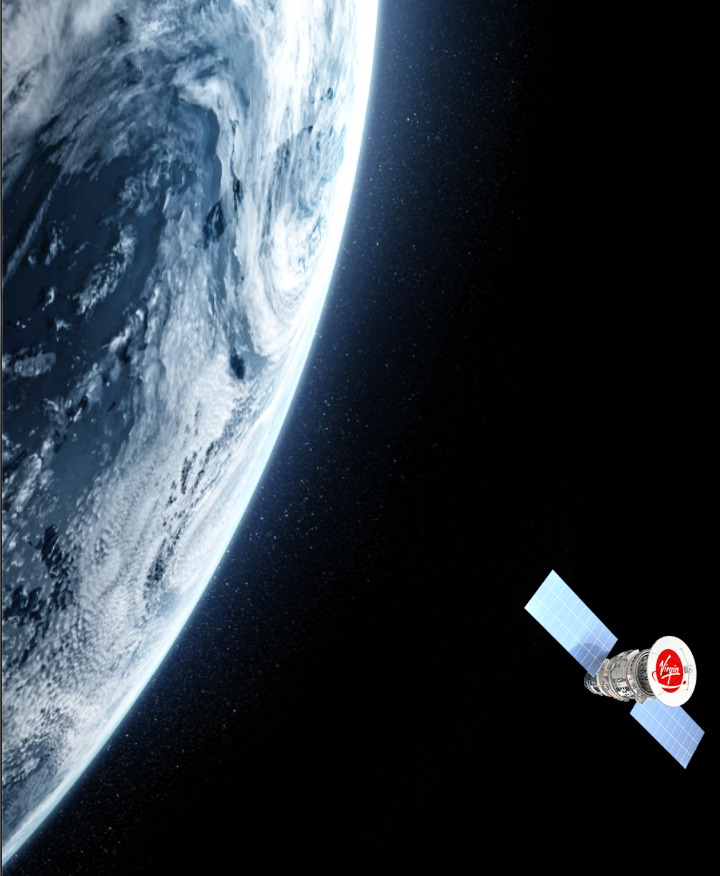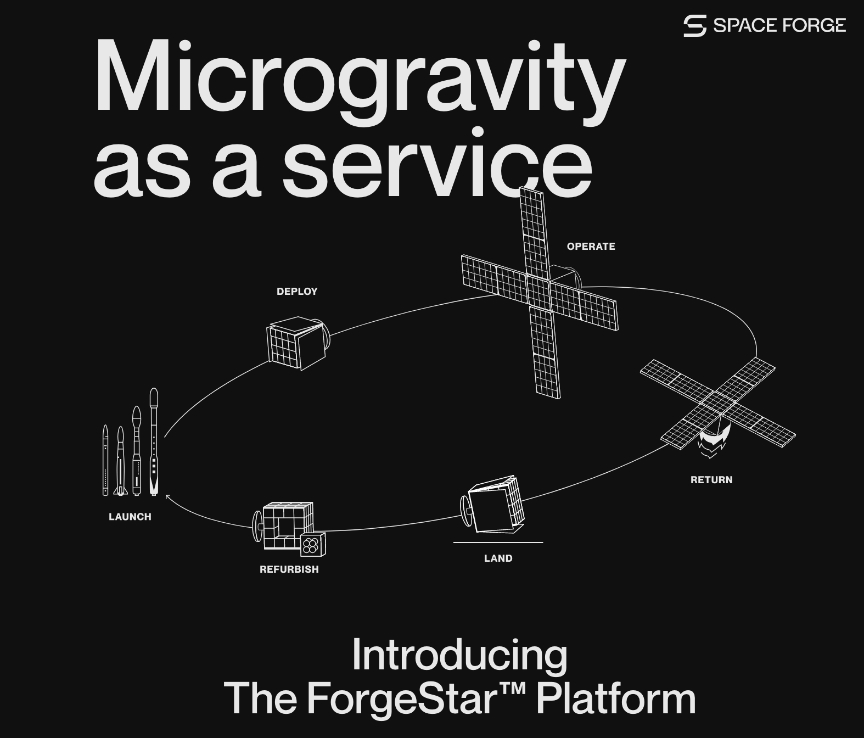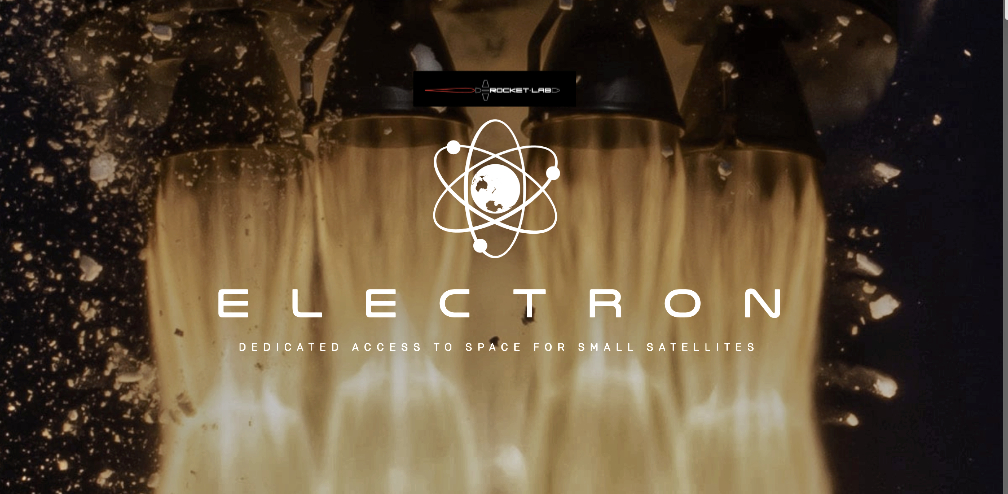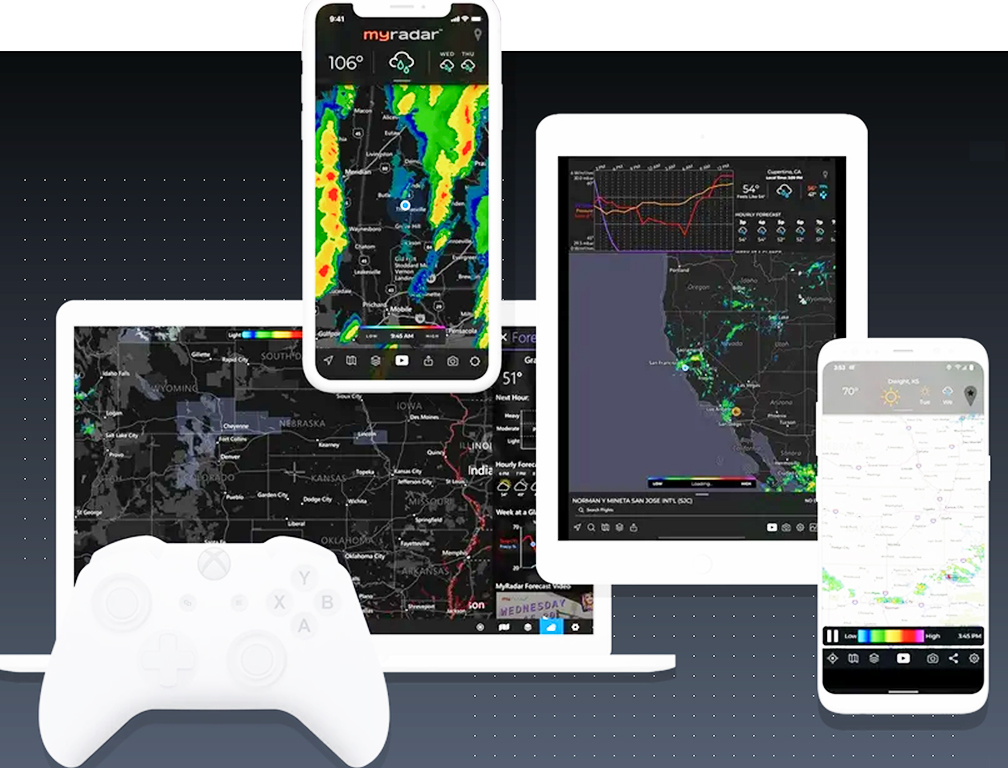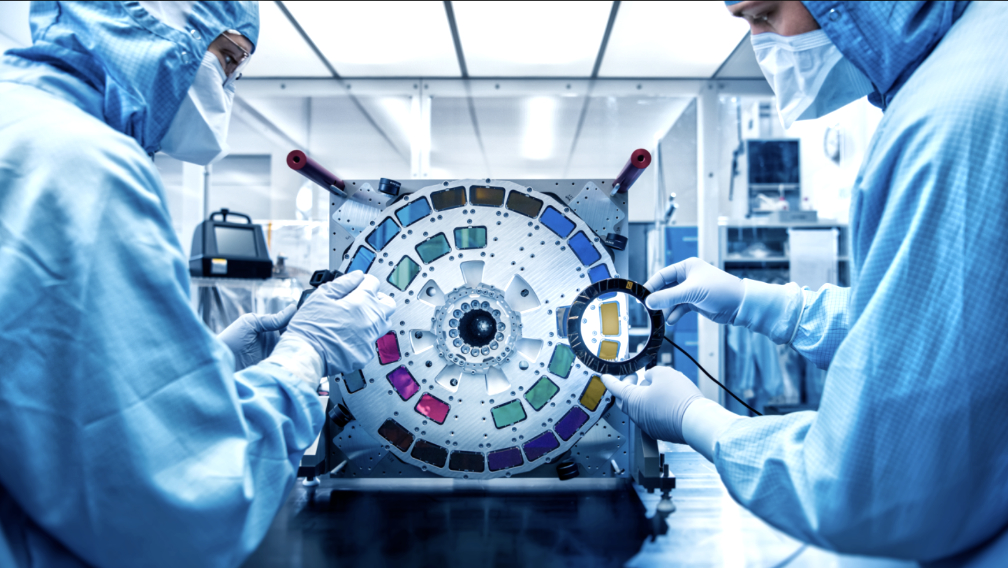

RUAG Space has been operating on the market as Beyond Gravity since March 15, 2022, and will also legally change names as of May 1, 2022.
The new name and brand identity are intended to sharpen the focus outward, position the space unit prominently on the markets, which are profoundly changing, and make its comprehensive range of services even more well-known to customers.
Beyond Gravity, which has around 1,600 employees, will position itself even more consistently as a global player on the international aerospace market.
As part of its transition from RUAG Space to Beyond Gravity, the space supplier will launch a space incubator in the summer that will allow promising ideas and concepts to be identified at an early stage as well as to then accelerate them. Several times a year, the company will look at projects together with selected start-ups and evaluate their development potential and investment opportunities. The program offers young companies exclusive contacts in the international space industry, access to highly specialized engineers, exclusive technologies and a wide variety of means of production.
The space incubator, which will go by the name “Launchpad” will initially set up camp in Zürich- Seebach.




